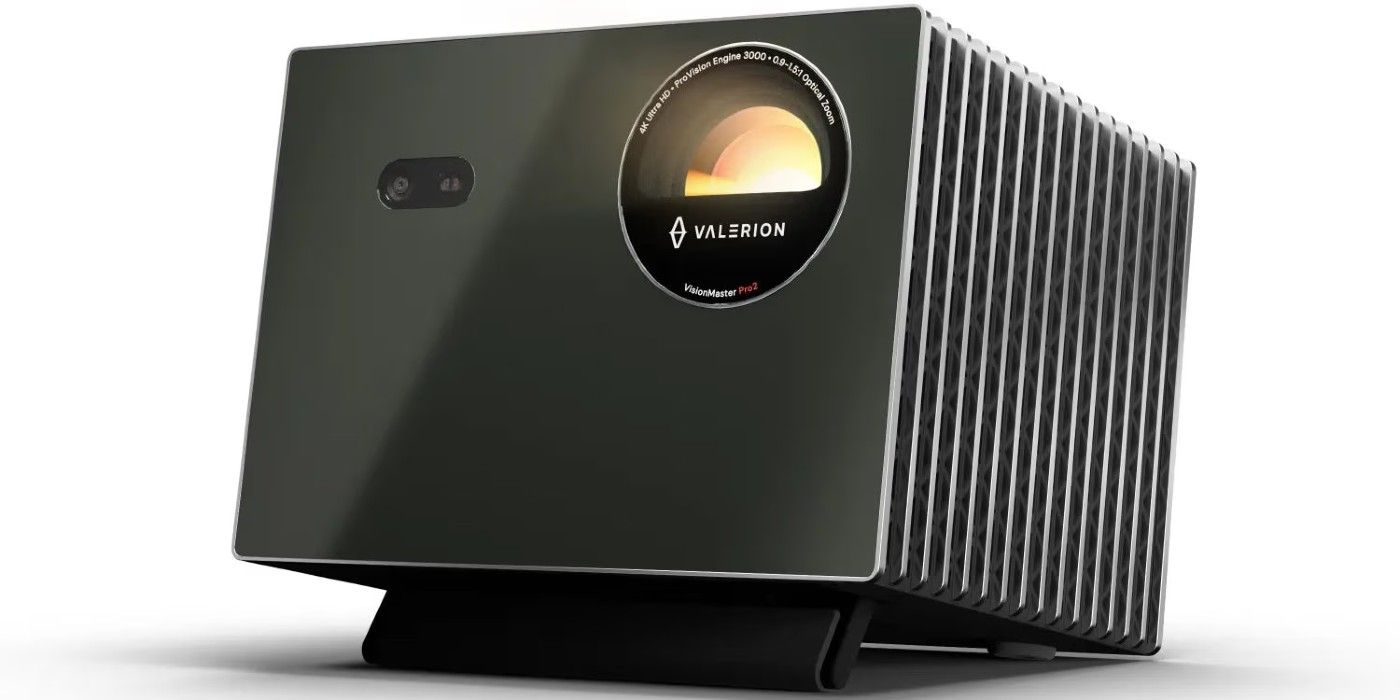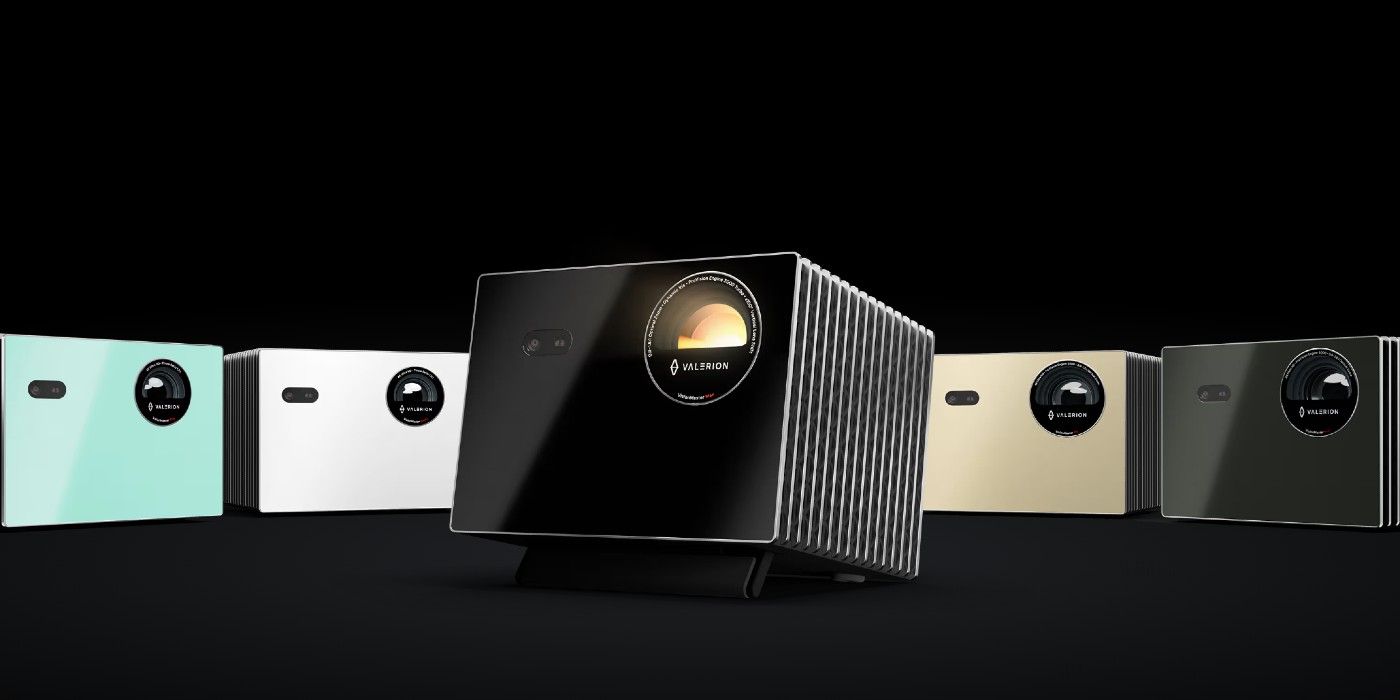During my childhood, whenever there wasn’t a movie hitting theaters that my family wanted to see on any given weekend, Friday night trips to Blockbuster were an integral part of our routine. While nothing could beat the feeling of being in a dark theater and watching the latest release, curling up on the couch instead was certainly a close second. Now more than ever, though, the battle between at-home viewing and going to the theater has become increasingly pronounced.
Technology and the industry at large have evolved since, and it’s become more important than ever to have the proper home kit, especially if you collect physical media and need somewhere to watch classics that might not even be available on the various streaming services. And even then, a huge action movie like Havoc or G20 will hit streaming these days without ever gracing the screens of a movie theater, and television shows strive to reach blockbuster levels of production, with shows like Rings of Power, Game of Thrones, and The Last of Us looking to provide a cinematic experience in the hour-long format.
I’ve always used the traditional method of watching movies and TV at home, I’ve had friends who have pressed me on the projector experience, saying it can be akin to going to the movies. I never really believed them – projectors always reminded me of my teachers in high school struggling to connect their out-of-date computers to that thing hooked up to the ceiling, often to middling results. Now, I just may be a convert.
How The Valerion VisionMaster Pro 2 Converted Me Into A Part-Time Projector User
It’s (Mostly) Easy To Use
At home, I often rewatch two films that are the source of some of my favorite movie-going experiences – Mission: Impossible – Fallout and Mad Max: Fury Road. These two films are arguably the best action movies of the 21st century, and I’ll put them on for comfort despite, or because of, the feeling of pure adrenaline they provide. There’s nothing like seeing the guitar-wielding Doof Warrior enter the frame in Fury Road‘s first big chase, or seeing Tom Cruise and Henry Cavill duke it out in a Pais club bathroom.
I knew that when I tried out this new projector, I would have to watch these two films on it. Still, I was skeptical. How could this match up to the theater experience, or even the one I was used to at home? As a first-time projector user, I was worried that this thing could prove difficult to operate or that it wouldn’t have the same depth of image that my OLED television does.
To my surprise, it exceeded my expectations. Valerion provided the VisionMaster Pro 2 as well as a projector screen to try it out and, not to sound dramatic, but it truly did make Ethan Hunt and Max Rockatansky look much more vivid than on a regular television. Many of the experiences I’ve had with projectors have produced washed-out images that don’t feel alive, but this one was crystal clear, even in the daytime.
Still, the true test of any show or movie these days (and what you’re watching them on) is how its nighttime scenes appear. Too often, films are so shrouded in darkness that the worst thing about watching them at home with a poor setup can be the lack of visibility. With the VisionMaster, I did not experience that at all, and it made all the difference. It feels as close to the movies as you can get while watching from home.
Why It Matters How You Watch Movies At Home
VisionMaster Isn’t The Most Accessible
The VisionMaster is a serious piece of machinery, one that has a lot of bells and whistles that go even beyond my knowledge of at-home setups. While I was able to use the basic features to watch things at home, it took some time to learn all of its capabilities and really dive into the nitty-gritty of use, all of which is to say that this kind of investment is for those who take watching movies at home very seriously.
And in my opinion, you should. The film industry is in a constant state of change, but one thing is clear: streamers like Netflix aren’t going away and, increasingly, studios are putting their movies on VOD sooner and sooner, especially after the pandemic caused the theatrical exclusivity window to shrink exponentially.
Nothing will ever replace the experience of seeing a film in the dark, surrounded by strangers. Those communal experiences are integral to why I love movies and why they are so important to building a community of fellow cinephiles. I’ll never forget watching Inception on opening night and gasping in unison when Christopher Nolan cut to dark as Cobb’s totem began to wobble, or standing in the lobby of the theater during the intermission for The Brutalist last year, buzzing with other moviegoers about what we were witnessing.
Bringing that feeling home is something I strive to do – when you love movies as much as I do, you want to advocate for them in all forms. Sometimes, it can be hard to stare down an industry that increasingly feels as if it cares less about the art form than it does about the bottom line. That’s why I often think about how I watch movies at home (and how my friends and family do, too).
What’s available can be limiting – streamers often only showcase contemporary selections, making anything prior to the 1990s difficult to find and preventing a good chunk of cinema history from being seen by general audiences. Physical media collection is one way to combat that lack of availability and something to show that physical media on is just as important.
I’ll likely never be able to fit a theater-sized screen in my living room (one can dream, though) – and that’s one of the VisionMaster’s drawbacks. In order to use it to its full potential, you must have the space to project the size it’s capable of producing. Regardless, Valerion strives to give a theatrical experience with this projector, and it’s incredible how close they get to the quality of theatrical imagery, even if sometimes the setup proves a bit complicated.







